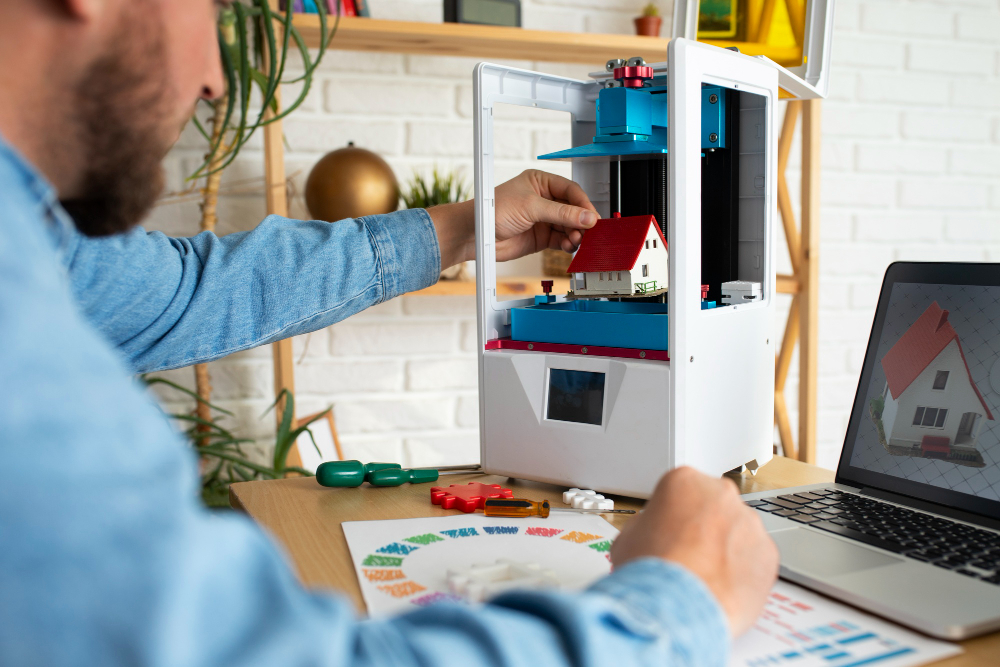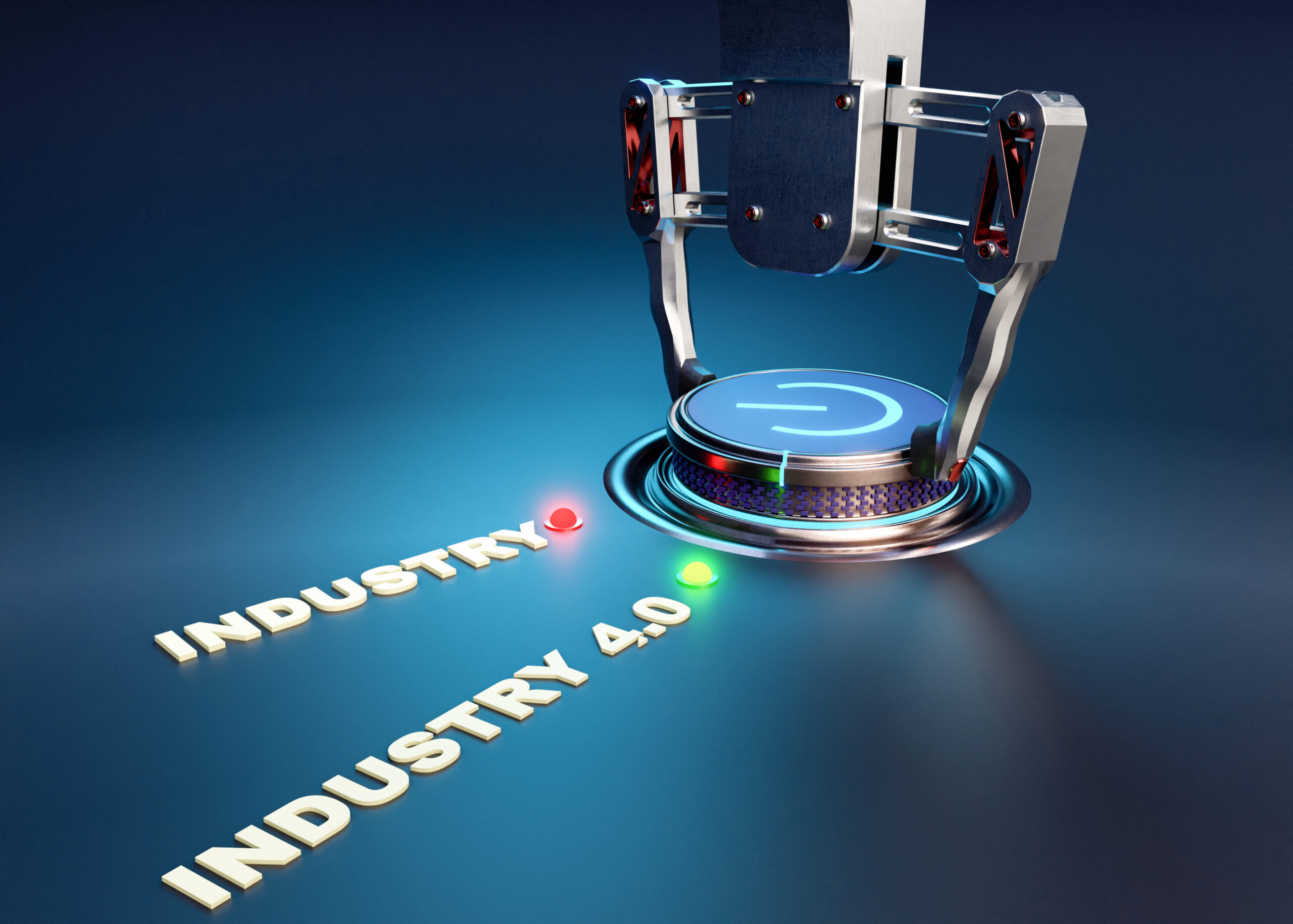3D printing, also known as additive manufacturing, has revolutionized the way we think about creating objects. Unlike traditional manufacturing methods that remove material from a solid block, 3D printing builds objects layer by layer from a digital file. This innovative process opens doors to a world of possibilities, allowing for the creation of complex shapes, customization, and on-demand production.
Unveiling the Magic: How Does 3D Printing Work?
The core principle behind 3D printing is the concept of additive manufacturing. Here’s a breakdown of the process:
- Digital Design: The first step involves creating a 3D model of the object using computer-aided design (CAD) software or 3D sculpting tools. This digital blueprint serves as the instruction manual for the 3D printer.
- Slicing the Model: The 3D model is then sliced into hundreds or even thousands of thin horizontal layers. Each slice represents a cross-section of the object at a specific point.
- Material Deposition: The 3D printer, based on the chosen technology, deposits material layer by layer according to the sliced model. Common materials include plastics, metals, powders, and even biomaterials.
- Building Up: As each layer hardens or fuses, the printer adds the next layer on top, gradually building the object from the bottom up until the entire design is complete.
The specific method of material deposition varies depending on the type of 3D printing technology being used. Some popular techniques include:
- Fused Deposition Modeling (FDM): This is the most common method, using a filament spool of plastic that is heated and extruded through a nozzle, building the object layer by layer.
- Stereolithography (SLA): A vat of liquid resin is cured by a laser beam, solidifying the resin layer by layer according to the sliced model.
- Selective Laser Sintering (SLS): A bed of powder material, such as nylon or metal, is selectively sintered together using a laser beam, creating a solid object.
A World of Applications: Where is 3D Printing Used?
The applications of 3D printing are vast and constantly expanding. Here are some prominent examples of its impact across various industries:
Prototyping: 3D printing allows for rapid and cost-effective creation of prototypes, enabling designers and engineers to quickly test and iterate on their ideas before mass production.
Manufacturing: Complex and customized parts can be 3D printed, reducing reliance on traditional manufacturing methods and enabling on-demand production.
Healthcare: 3D printing is making waves in the medical field, with applications like creating custom prosthetics, printing biocompatible models for surgery planning, and even printing tissues and organs for transplants (research is ongoing).
Aerospace: The ability to create lightweight and high-strength components using 3D printing is proving valuable in the aerospace industry for aircraft parts and spacecraft components.
Consumer Goods: From personalized phone cases and jewelry to functional tools and home décor, 3D printing is making its way into consumer products, offering customization and on-demand creation.
Education: 3D printing provides a powerful tool for educators, allowing students to visualize complex concepts in real- time and fostering creativity and innovation.
The Advantages of Additive Manufacturing
Several advantages make 3D printing an attractive proposition compared to traditional manufacturing methods:
- Design Freedom: Complex shapes and intricate geometries that are difficult or impossible to achieve with traditional methods are easily realized through 3D printing.
- Customization: Objects can be easily personalized and tailored to individual needs, promoting a shift towards mass customization.
- Rapid Prototyping: The ability to quickly create prototypes allows for faster design iteration and product development cycles.
- Reduced Waste: 3D printing uses material efficiently, minimizing waste compared to subtractive manufacturing processes.
- On-Demand Production: This technology enables localized, on-demand production, reducing reliance on global supply chains.
Challenges and Considerations of 3D Printing Technology
Material Limitations:
- Variety: Compared to traditional manufacturing, 3D printing offers a limited selection of materials. While the list is growing, some desired properties like high-performance strength, flexibility, or conductivity might not be readily available in printable forms.
- Performance: Not all 3D printed materials possess the same characteristics as their traditionally manufactured counterparts. Factors like strength, heat resistance, and surface finish might require further development for specific applications.
- Sustainability: The environmental impact of 3D printing materials is a growing concern. Some materials are not easily recyclable, and the energy consumption for printing can be high.
Cost Considerations:
- Hardware: High-end 3D printers, especially those utilizing advanced technologies like metal printing, can be quite expensive. This can be a barrier to entry for individuals and small businesses.
- Materials: Certain 3D printing materials, particularly high-performance options or specialty filaments, can be significantly more costly than their traditionally manufactured counterparts.
- Post-Processing: Depending on the printing method, post-processing steps like support removal, surface smoothing, or finishing can add additional time and cost to the overall process.
Technical Hurdles:
- Printing Speed: While printing speeds have improved significantly, creating complex or large objects can still be a time-consuming process. This can limit the technology’s suitability for mass production in some cases.
- Scalability: Scaling up 3D printing for large-scale production requires further development in terms of printer size, material handling, and overall efficiency.
- Quality Control: Ensuring consistent quality and dimensional accuracy across large prints, especially in construction applications, remains a challenge.
Other Considerations:
- Design Complexity: While 3D printing allows for intricate designs, proper design knowledge is crucial to optimize printability and avoid potential printing failures.
- Safety: 3D printing can involve working with heated materials, lasers, or potentially hazardous fumes. Proper safety protocols and ventilation are essential in any 3D printing environment.
- Skill Gap: As 3D printing becomes more sophisticated, there’s a growing need for skilled professionals who understand the technology, materials, and design considerations for successful applications.



